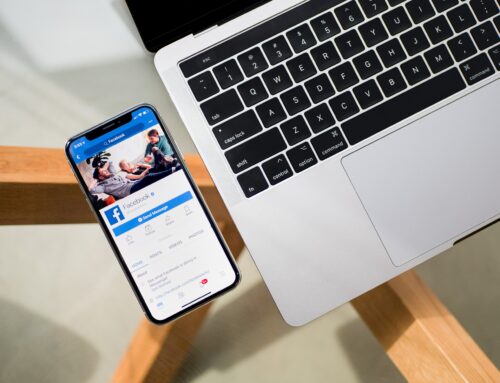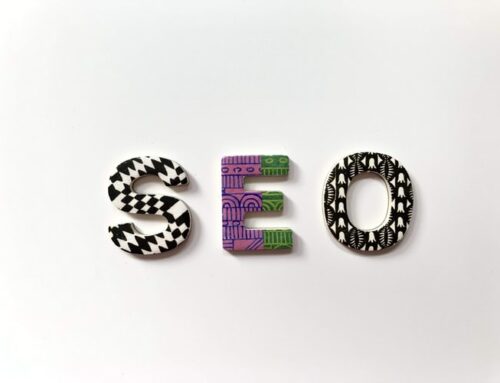Most people have heard the term ‘search engine optimization’ and they know that it basically means: ‘To infuse a website with copy and code that simultaneously enriches user experience and the ability for search engines to recognize and rank a site for its relevant themes.’ (That’s my definition; it may differ from yours.)
Conversion optimization can follow some of the same precepts as in my definition of search engine optimization; especially the part about enriching user experience. It’s how you approach your method of improving a site’s conversion rate that will help determine your success.
Key Fact: Conversion optimization must be based on one unalterable premise: It has to be derived from the study of real data (analytics and user experience) plus it must be arrived at through the consistent use of testing.
Please note: Since the topic of conversion optimization can be broken down into many subsets and tasks, we will be devoting several posts to it over the next few weeks. Please check back as we’ll explore a variety of methods and tools to help you turn your site into a conversion machine.
Getting Started with Conversion Optimization
The topic of conversion optimization spans many facets, and one blog post is insufficient to cover them all. I’ll start by saying there are two initial places you can look for the data you need to perform conversion optimization tests and updates to your site: user testing information & usability evaluations and your website analytics. In this post we’ll take an introductory look at how you can use usability data to get your conversion optimization project started.
Over the years I’ve written dozens of website usability evaluations. These provided website owners with a base set of recommendations; a good jumping off point that they could use to clean up some common usability problems. These recommendations grew out of best practices based on data, testing and insights from some of the most renowned usability experts in the world. Tools to measure aggregate or predicted user response on a website based on algorithms derived from scientific studies (the Feng Gui attention analysis tool, for example, can provide you with an excellent way to get some insights into your site’s design, using scientific analysis) are one method used to provide scientific support for usability hypotheses. Feng Gui is a tool I use often because I like to point out to site owners some of the superb data we can glean from it; such as the opacity images. I like these because they show not only where people looked, but also where they didn’t look, and that can be even more revealing:
Algorithms based on scientific studies can definitely help you derive useful insights into your website’s design, and how you might update it to increase conversions. It’s also important to base decisions on user click stream data from your site and usability testing of your website. Let’s take a look at two ways you can obtain this data and put it to use.
1) Sign up for an account at Crazyegg.com. Once you have your account set up and install the tracking code on the pages you want to track you can tell the tool to track specific pages on your site so you can study attention data via heat maps. You may be familiar with what data you can derive from heat maps, but let’s review that for our discussion. Basically red and orange on a heat map indicate intense interest and green and blue indicate interest, but at decreased levels. It’s important to review heat map data from your home page and at least your top level category pages on your website. You can discover if various elements such as links within copy, images, order buttons, special offers and other page components actually interest your users.
You can then use other reports within Crazy Egg to further refine your information. Use the overlay tool to find exactly where users are clicking. Take a look at the list tool to find a complete breakdown of each element (whether it is visible in the Crazy Egg snapshot or not) and its type and number of clicks.
A really helpful Crazy Egg component is the confetti tool which lets you cross reference your clicks on a page with referrers, device, search engine, search terms and many more criteria. You can also use the scroll map tool which will let you know where people’s attention is focusing as they scroll down your web page.
One Crazy Egg feature you’ll definitely want to check out is the mobile vs. desktop stats as today an increasing number of people shop and place orders through their mobile devices. You’ll definitely want to know how your users are interacting with your site via their phones and tablets.
One of Crazy Egg’s most important features allows you to test alternate versions of pages so you can discover if users prefer different page designs, which could lead to increasing your conversion rates. You can for instance decide to change the arrangement of some images on your main products page. Then go to Crazy Egg and click ‘test new version’ for the snapshot of the page you’ve made major updates to (you can use the ‘update this snapshot’ feature if you’ve made minor changes and want to have these measured against your current page snapshot). If you elect to use the ‘test new version’ feature, your current page snapshot is saved, and then data will accumulate against the page changes you’ve made.
A/B testing with Crazy Egg is pretty simple. It’s recommended that you let data accumulate for a set time before making any snap judgments, especially after a major page redesign. A few weeks of traffic data should allow you to come to some useful conclusions about your page tests.
2) Get some usability testing done on your website through services that specialize in this. A good idea would be to do several tests using different services, so you can average the results together. There are several ways to obtain usability testing data so we’ll recommend an online service and also point you to a live service option to get you started. You could use both of these types of services and study the results and then determine what changes you’d like to make to your site.
a. Online, on-demand and remote usability testing: You can arrange with various usability testing services to have users who fit your demographic perform specific tasks on your website. In a remote test they are given a survey and some defined tasks. They perform the tasks and answer survey questions to provide their opinion about your website. A remote test allows a moderator to talk with the users while they are actually using the site. This method of testing can glean rich data that goes beyond surveys; it is a very useful hybrid of the online and live usability test. There are some very sophisticated on-demand usability testing services that allow you to create your own tests (they recruit users in your target demographic) and you can watch videos of people using your site. You can write your own questions to ask them and even follow up with them personally after the test is completed, for further insights.
b. Live user testing in a usability lab or on site: While you don’t have to be present in the observation room while the test is going on, if you can find a usability testing lab in your area (you can call your local university which may have such a lab on its campus) it can be very helpful to watch users live as they perform tasks on your site. (It’s true you can watch users over the Internet as they perform tasks, but watching live may provide you with some additional insights. You could also provide some live input and perhaps alter the test if you would like, based on user feedback.)
Here are two very reputable services you can use for usability testing:
We hope some of this introductory information will help you take some initial steps on the road to conversion optimization success! Remember: It’s okay to start with a hunch about what may be causing conversion barriers, but it’s always best to use actual data to help you make site redesign decisions.






 CERTIFIED EXPERT
CERTIFIED EXPERT